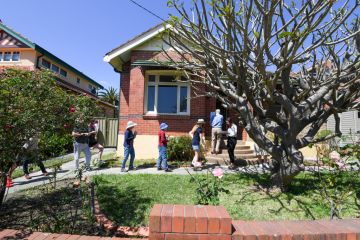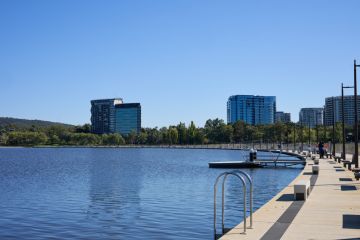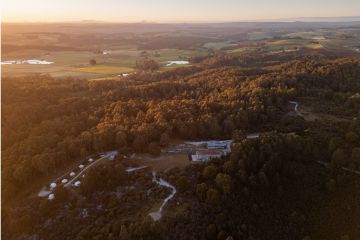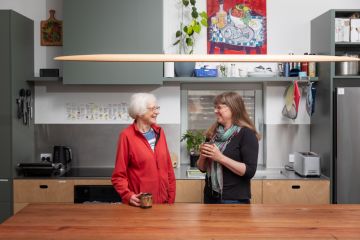With Australian summer only set to get hotter, should air-conditioning be mandatory in rentals?
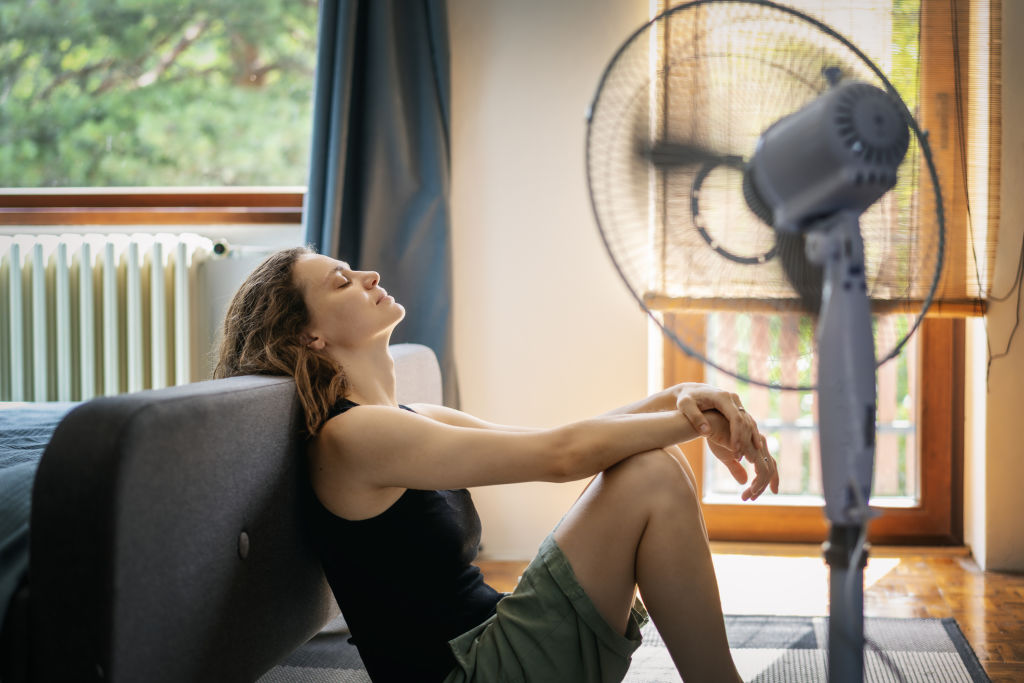
There’s no doubt that climate change has hit Down Under, and global warming has taken our already steamy summers to the next level. Heat waves and temperatures above 40 degrees are no longer considered anomalies; they are now to be expected.
In the past, a hot Australian summer meant just a few nights of uncomfortable sleep per month. A bit of tossing and turning, throwing the sheets off, and then a cool change blowing through the open windows around 3am.
These days, however, heatwaves are common occurrences. They can turn homes into danger zones, as soaring temperatures over several days bring no reprieve and come with medical advice for children, the medically vulnerable, and the elderly.
Still, you wouldn’t know it from the state of our rental market. While some regions, such as Far North Queensland and the Northern Territory, have dealt with hot, humid conditions for centuries and have adapted homes to reflect this, with adequate airflow and air-conditioning, many of the southern states have yet to catch up, despite temperatures reaching health-hazard levels every year.
With weather becoming increasingly more volatile and extreme temperatures the norm, do landlords have a responsibility to install air-conditioning in their investment properties?
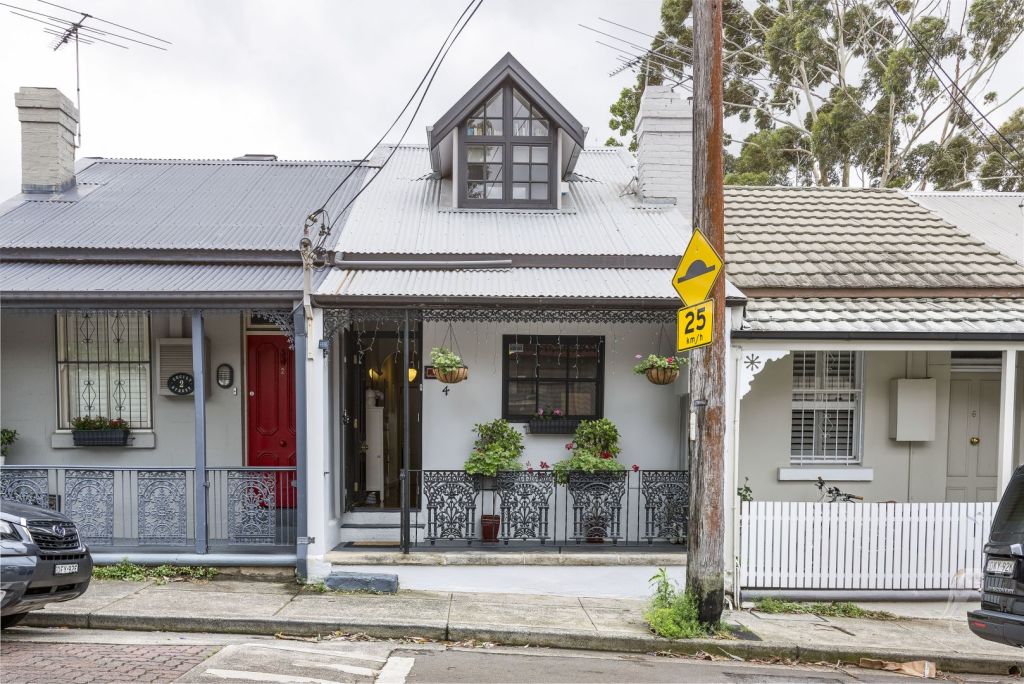
It may sound ludicrous, given the cost of air-conditioning, the rise in mortgage rates, and the fact that owning an investment property can be expensive due to repairs and maintenance. However, the concept of temperature control in rentals is not new. Laws regarding adequate heating requirements for rentals are already in effect in Victoria and Tasmania.
In Victoria, rental properties have been required to have a fixed heater in the main living area that is energy-efficient and in good working order. This law came into effect in 2021, and Tasmania has a similar mandatory standard.
While heating standards in two of Australia’s coldest states are welcome news, our climate is rapidly heating up. Australia’s 2024-25 summer was the second warmest summer on record, 1.89 degrees above the 1961-1990 average, with Western Australia reaching its warmest summer temperatures ever. NSW had an average summer temperature of 33.8 degrees, and over the Australia Day weekend this year, Victoria experienced a heatwave in which temperatures in Melbourne reached over 41 degrees.
We are also fast becoming a nation of renters. According to the 2021 census, 31 per cent of Australians were renting, with three out of five renters sharing the belief that they will never own a home. That is a significant portion of the population searching for housing of a liveable standard, when they can’t dictate what climate control is in place.
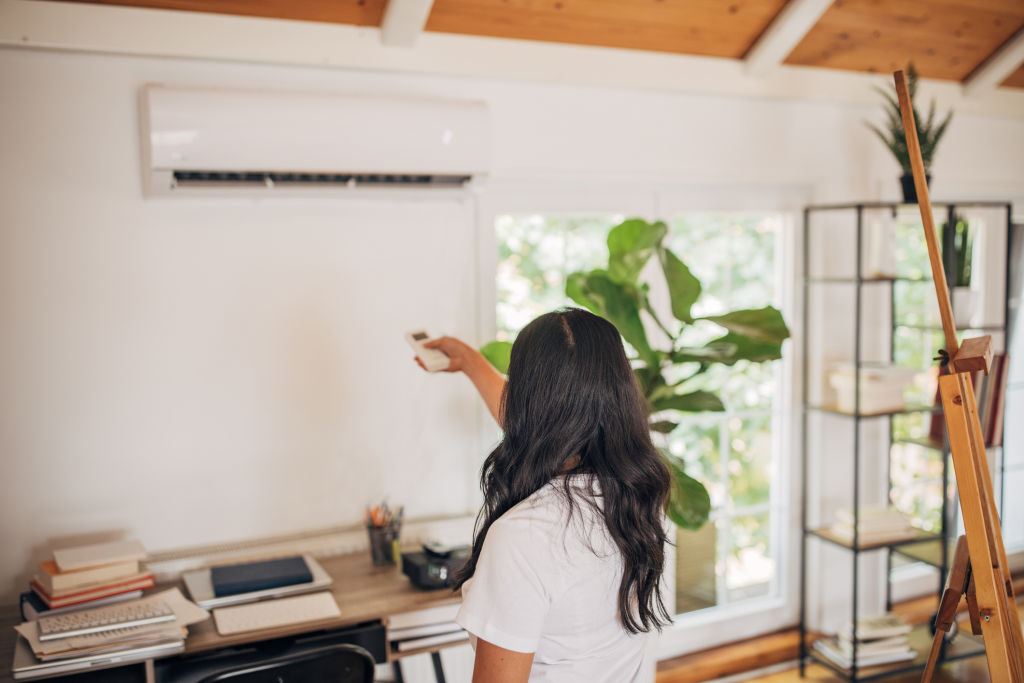
Unlike heating, which can be easily achieved with portable heaters, portable air-conditioning units are not yet up to the task of adequate cooling. Choice, the independent review platform, recently reviewed units and found that the best only achieved a 73 per cent overall rating, with the majority scoring under 60 per cent for cooling. They are also expensive, averaging around $400 to $500, and can be challenging to install without the right window frame.
So, where does this leave those in the rental market? If you are in a Top End state, you likely won’t have trouble finding a rental with air-conditioning, given the climate has always leaned toward hot, humid conditions through summer. But southern state renters have two options. Battle it out over the small pool of rentals with air-conditioning in at least one room of the home, or brave whatever summer brings.
This shouldn’t be the norm. A home that can be adequately cooled during extreme weather events should be a given. In a modern world, it should be a human right to have a safe, liveable home, which means having an indoor climate that can be adequately cooled and heated.
There are measures that can be taken to cool a home without air-conditioning. Closing blinds and using fans can help reduce indoor temperatures. But they can’t completely counteract extreme temperatures. The Red Cross even advises those most vulnerable during heatwaves to seek out public spaces where they can stay cool, if their home is not adequate.
Forgoing air-conditioning is a personal choice if you own your home. For renters, that choice is taken from us. How long until the risks of heat-related illness and summers of struggling through stifling weather events become unacceptable living standards?
Melissa Mason is a freelance writer and podcaster based in Sydney – and a long-term renter.
We recommend
We thought you might like
States
Capital Cities
Capital Cities - Rentals
Popular Areas
Allhomes
More
- © 2025, CoStar Group Inc.



